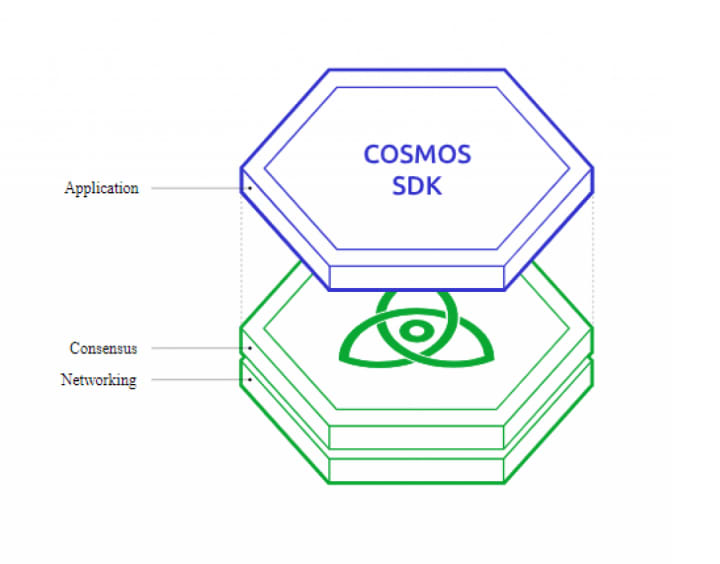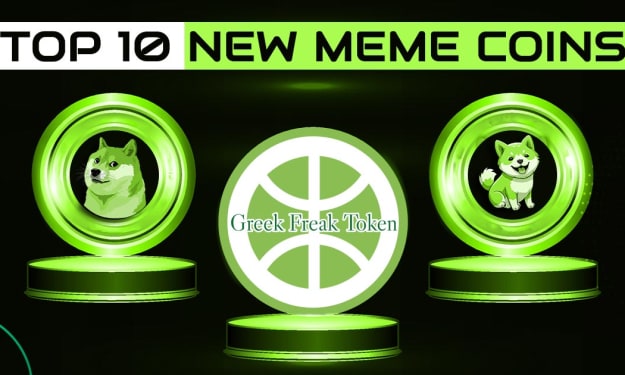What is Cosmos and How Does It Work
Cosmos Hub Explained

Cosmos is a network of several chains that operate and communicate with each other.
Cosmos Overview
Cosmos Network looks to solve the scalability, usability, and sovereignty limitations of the current blockchain infrastructure. The world’s biggest blockchains (Bitcoin and Ethereum) are prime examples of the scalability problem.
The concept behind Cosmos is simple: instead of having a blockchain that manages all the various projects, each application has its own that communicates with the entire network. This does not create isolated worlds but it helps obtain a superior performance compared to the classic model.
For example, Osmosis has its own blockchain that manages all the operations of the platform., and it communicates with the entire Cosmos network.
Cosmos is therefore an “internet of blockchains”: a chain network full of projects and platforms, with no limits to scalability.
Each application can have an ad hoc built environment.
How is it possible? The time has come to discover in detail how Cosmos works.
“Cosmos is a decentralized network of independent parallel blockchains, each powered by BFT consensus algorithms like Tendermint consensus.”
We can see the classic blockchain as a set of nodes in which information flows. Confirmation of that particular operation must come from each of them, in order to guarantee high safety standards.
At the base of a blockchain is networking, the beating heart that allows the transactions and consents propagation.
The Consensus is the “layer” that allows nodes to align themselves with the state of the system.
Above these two blocks, we find the applications.
Cosmos is instead an ecosystem of different blockchains. They always work through nodes but, at the same time, they are connected to each other.
About Cosmos — technical details
The innovations of this network are obtained thanks to various tools including Tendermint, Cosmos SDK, and the IBC protocol. Let’s see what it is.

Tendermint Core — Connects the networking and the consensus layer of the protocol under a software implementation known as Tendermint Core. Contains the Tendermint BFT consensus algorithm and the IBC (inter blockchain communication) protocol for hub/zone communication. This is the solution that makes a more agile development of blockchains and applications possible. The acronym BFT stands for Byzantine Fault Tolerant, which is the consensus algorithm used in Tendermint BFT. Tendermint’s security derives from its use of optimal Byzantine fault-tolerance via super-majority (>⅔) voting and a locking mechanism, so it guarantees the regular functioning of the chain up to a limit of 1/3 of malicious nodes. In simple words, the security standard is high even in the presence of threats.
Application Blockchain Interface (ABCI) — BFT replication of dapps in multiple programming languages. ABCI is language-agnostic and enables developers to build the application portion of their blockchain in any language. Is the connecting interface between Tendermint Core and Cosmos SDK.
Cosmos SDK — Cosmos SDK is a framework for developing quickly and easily. It is an environment in which a number of “prepackaged” modules are available. Developers can take these blocks, combine them and modify them. Development resource is also known as “Base Coin”. The primary purpose of the SDK is to reduce the complexities in building the ABCI for common blockchain functionality and allow developers to focus on customizable applications within a standardized framework.
These blockchains can communicate with each other through the IBC protocol (Inter Blockchain Communication protocol), even if they have different consensus algorithms. Developers can install the semantics of a particular application on top of IBC, thus enabling the transfer of valuable assets between different blockchains while preserving their contractual features.

The ATOM Token
While the Cosmos Hub is a multi-asset distributed ledger, there is a special native token called the atom. Atoms are the only staking token of the Cosmos Hub. Atoms are a license for the holder to vote, validate, or delegate to other validators. Like Ethereum’s ether, atoms can also be used to pay for transaction fees to mitigate spam. Additional inflationary atoms and block transaction fees are rewarded to validators and delegators who delegate to validators.

The most famous and interesting project to mention on Cosmos is without any doubt Osmosis. The cartoon-style graphics can disappoint, but it is the principal DEX AMM of Cosmos Hub.






Comments
There are no comments for this story
Be the first to respond and start the conversation.